The Art of Egg Substitution
If you’re interested in baking with egg substitutions rather than eggs, there are some things you’ll want to know. For instance, as eggs perform a different function depending on what you’re baking, not every egg substitute is right for each recipe.
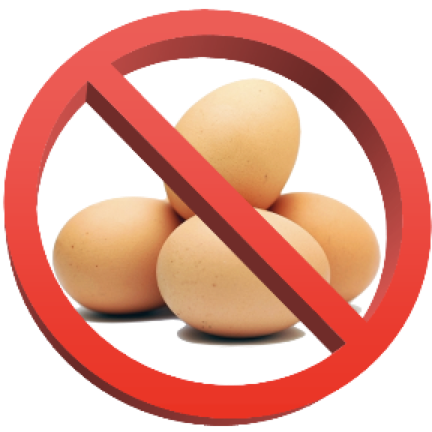
How do you know, then, which substitution will work best? Here’s a quick list of substitutes you can use for various baked products that I found on www.unconventionalbaker.com. The site’s author, Audrey, who is a skilled and experienced baker, shares a quick reference guide for egg substitutes and says the art of egg substitution just requires a little practice. 1 EGG EQUALS:
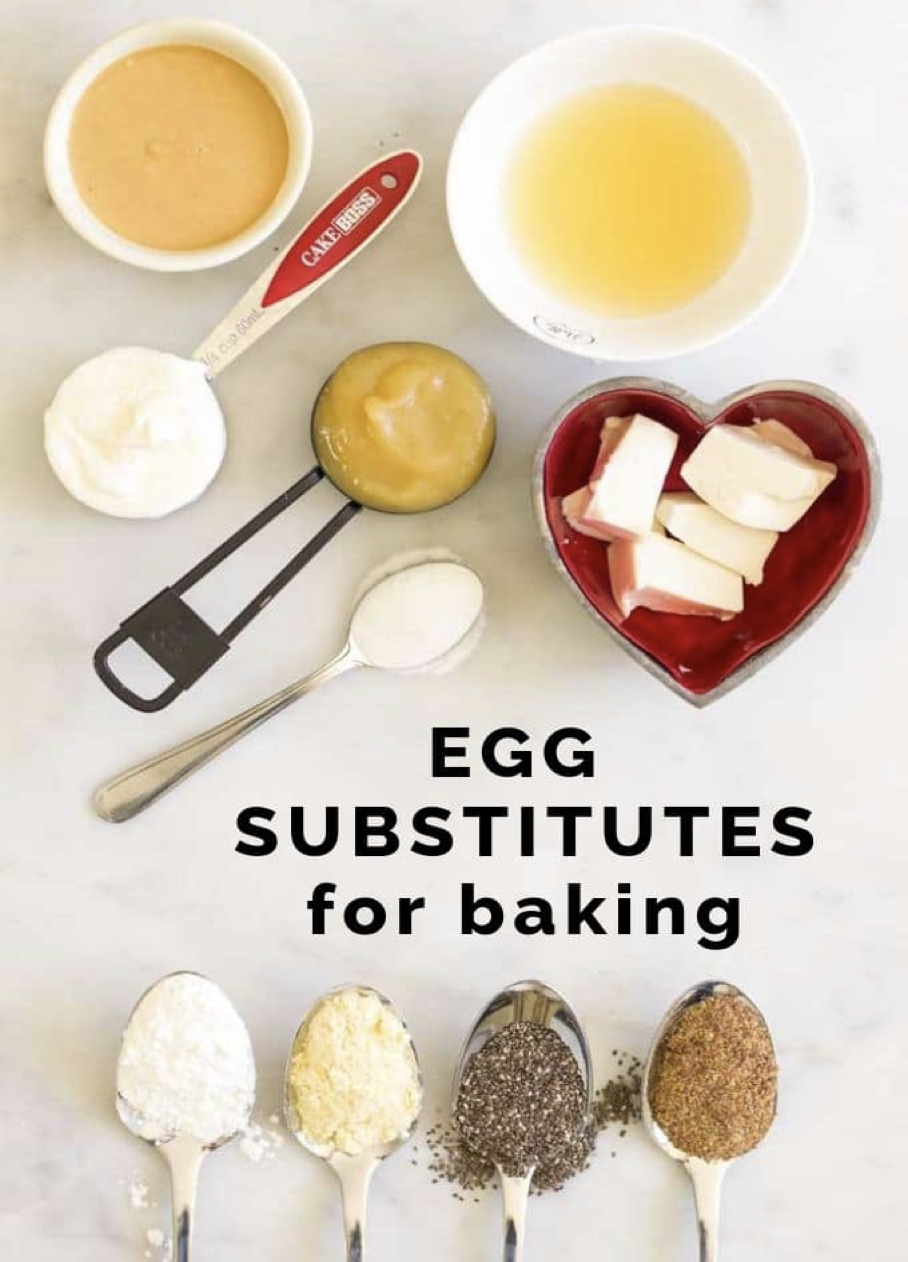
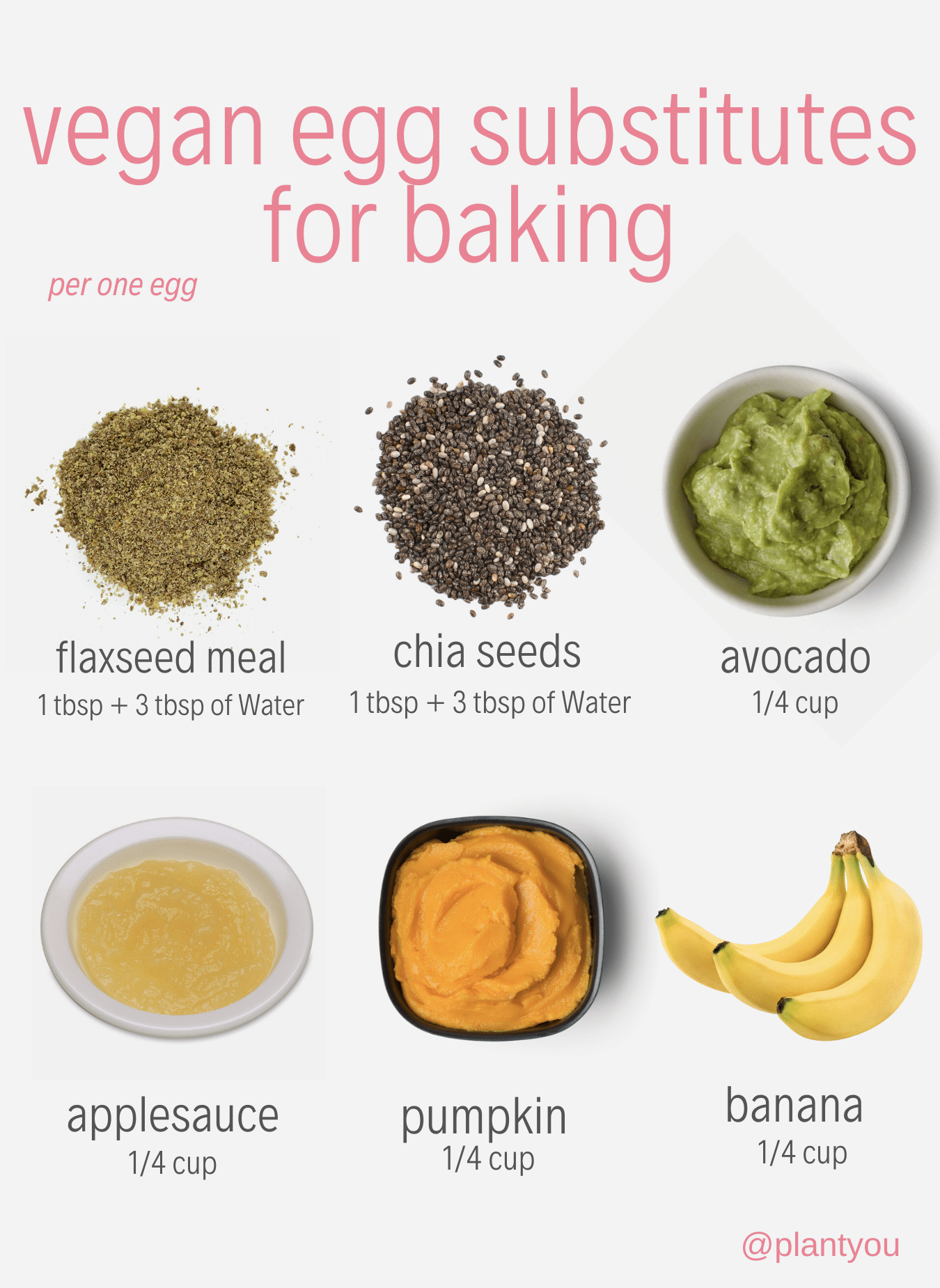
THE BEST EGG SWAP-OUTS for DESSERTS, SWEET BAKED-GOODS, and YEAST-FREE QUICK BREADS: banana, applesauce, flax eggs and chia eggs (see notes below), and soft silken tofu. These foods have the perfect amount of thick moisture that eggs would otherwise add to these recipes.
Note that ground flax and chia seeds add tiny visible dotted specs to your recipe, so if you’re making a light colored dessert and want a uniform look (such as a butter cookie, etc.) don’t choose ground flax or chia seeds. Use them in muffins, breads, darker hued cakes, and textured cookie recipes (oatmeal raisin cookies, etc.).
Also, note that fruit and vegetable purees will influence the product’s flavor. For instance, banana adds a pronounced banana taste, so use it where it will complement the flavors in the recipe. Applesauce is usually pretty neutral in flavor, so you can use it in almost all recipes.
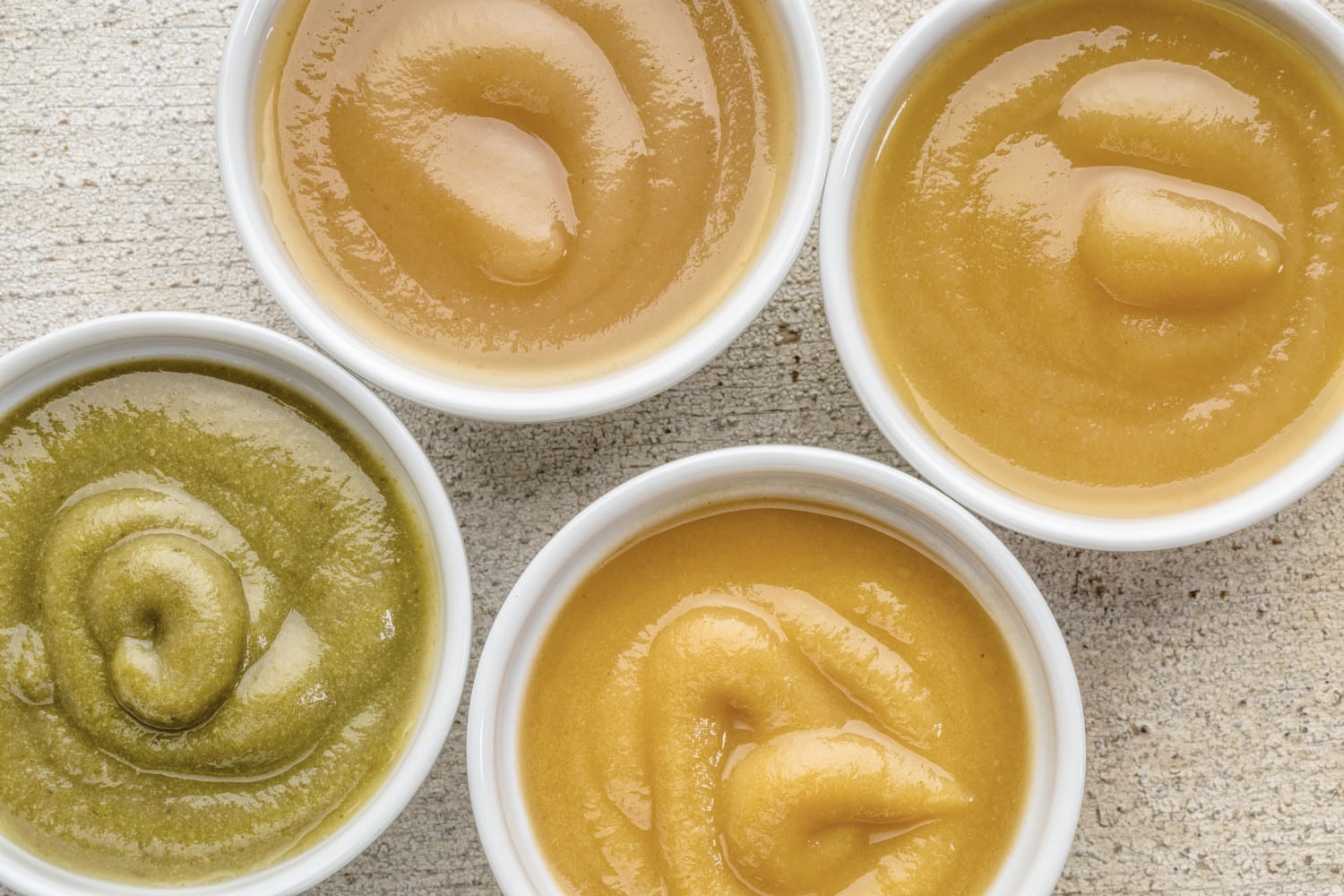
And remember that due to its distinct color, ripe avocado should only be used where you can get away with it. While it works really well with chocolate, obviously if you’re making light-colored or other distinctly colored baked goods (yellow, white, or strawberry cake), avocado’s green hue can look off. The same caution goes for pumpkin and sweet potato purees. They’ll add an orange tinge to baked goods.
Be careful with nut and seed butters also. Their strong flavor limits them to products where you actually want a nutty taste. The bottom line is to use complimentary flavors and colors.
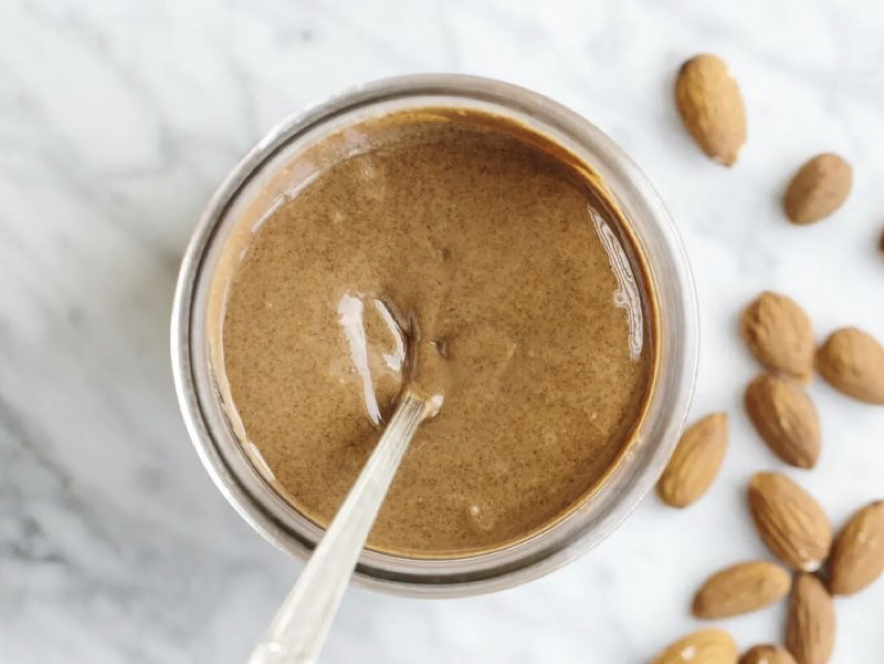
Because soft silken tofu closely resembles egg in texture, it’s a wonderful substitute for eggs. Just be sure to strain it first to avoid adding unnecessary water to a recipe. Then blend it into a smooth mixture prior to adding to a recipe to avoid clumps.
(By the way, tofu works really well in pancakes and brownies.)
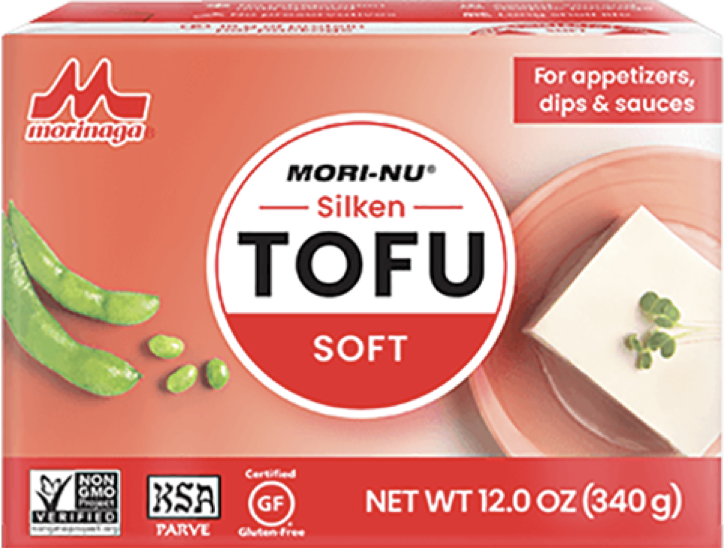
If using non-dairy yogurt as an egg substitute, opt for the thickest you can find. Non-dairy yogurts and non-dairy cream cheese, sour cream, or mayonnaise will add a “dairy” flavor to a recipe, so use them only if this will enhance the product you have in mind. Here again, the thicker, the better. Also, unsweetened or unflavored is best, otherwise adjust the other flavors in the recipe accordingly (i.e. use less sweetener or vanilla if your yogurt is sweetened or is vanilla-flavored, etc.).
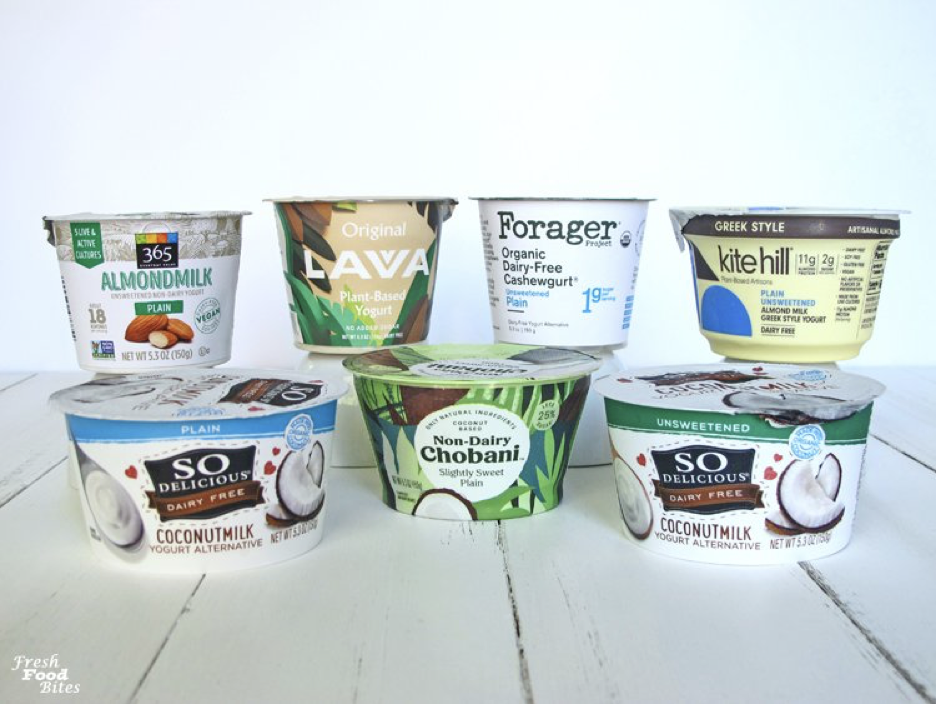
THE BEST EGG SWAP-OUTS for “EGGY” GOODS: For quiche, frittata, gratin, omelet, or an egg salad sandwich, tofu is a great substitute as its texture is incredibly close to that of a hard cooked egg. Add in some turmeric, mustard, or even nutritional yeast and the tofu will not only look a lot like egg, but it’ll taste a lot like real eggs too. Just be sure to use plain, pureed tofu to avoid any chunks in the final baked product. Soft silken tofu is usually the best choice.
Speaking of taste, consider adding a pinch of black salt (kala namak). It has a pungent sulphury smell and flavor that will add more “egginess” to savory mock egg dishes. Similarly, a pinch of nutritional yeast will do the same thing.
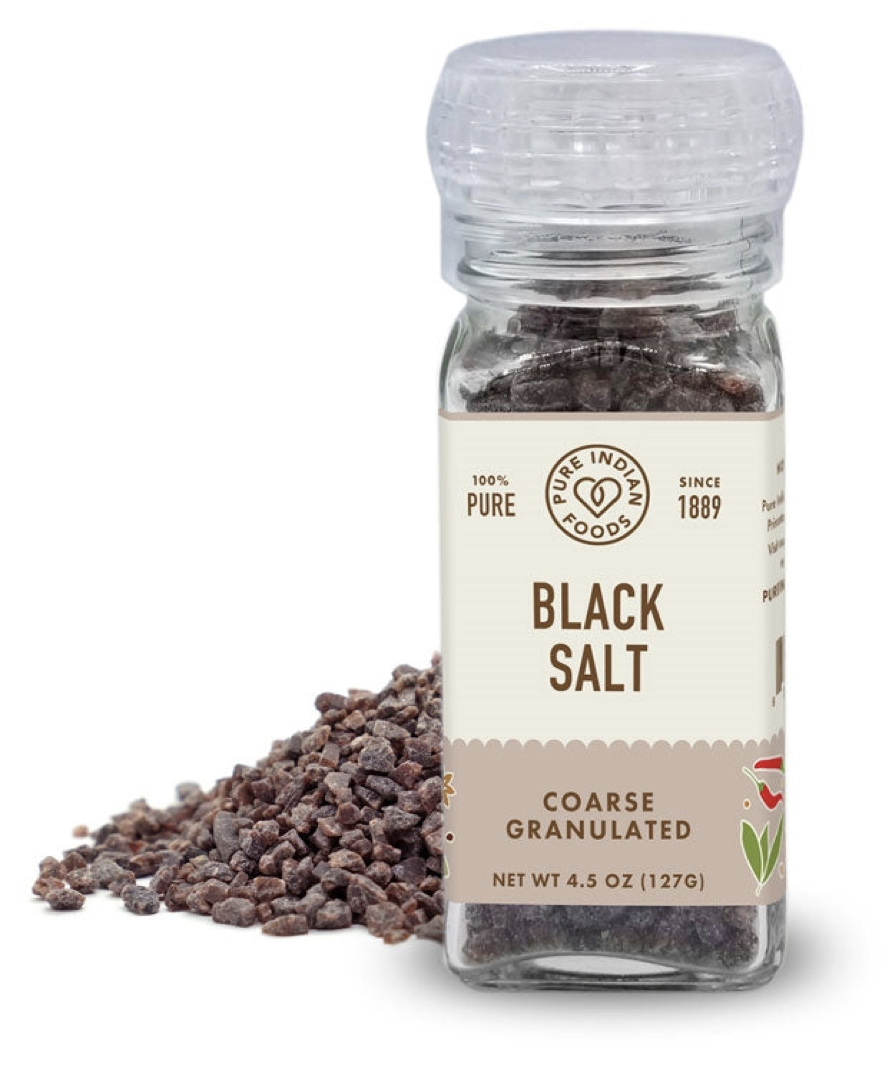
WHEN EGG SUBSTITUTES NEED MORE THICKENER and BINDER: Quick-breads, cornbreads, and meatless burgers need more “binding power,” so when using an egg substitute here, add a few tablespoons of arrowroot powder, potato starch, or tapioca starch into your baking mix.
MAKING FLAX and CHIA EGG SUBSTITUTES: Not only do flax and chia seeds make a great egg substitute, they add moisture and some binding. And they’re simple to make:
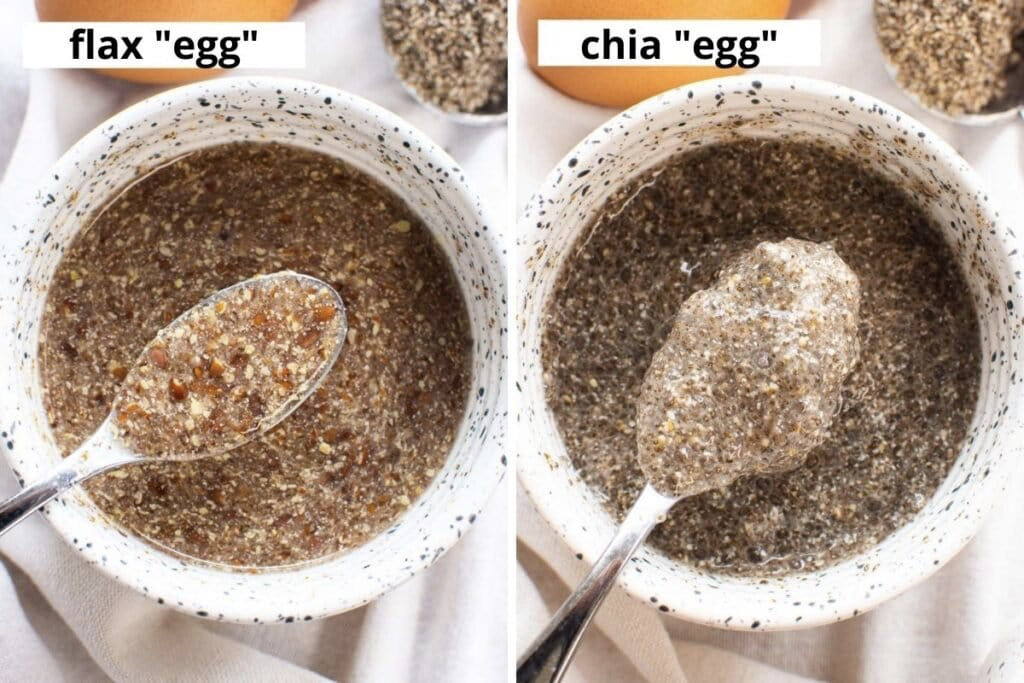
1 tablespoon ground flax or chia seeds
3 tablespoons VERY HOT water
Directions:
Add Recipe to Cook'n

How do you know, then, which substitution will work best? Here’s a quick list of substitutes you can use for various baked products that I found on www.unconventionalbaker.com. The site’s author, Audrey, who is a skilled and experienced baker, shares a quick reference guide for egg substitutes and says the art of egg substitution just requires a little practice. 1 EGG EQUALS:

- ¼ cup soft silken tofu (strained)
- ¼ cup vegetable puree (sweet potato, mashed potato)
- ½ an ripe avocado, mashed
- ¼ cup applesauce
- ¼ cup pumpkin puree
- ½ a banana (mashed)
- 1 tablespoon ground flax seeds mixed with 3 tablespoons hot water (let sit for a few minutes to thicken)
- 1 tablespoon ground chia seeds mixed with 3 tablespoons hot water (let sit for a few minutes to thicken)
- ¼ cup nut or seed butter
- ¼ cup no-dairy yogurt, vegan cream cheese, vegan sour cream, or vegan mayonnaise

THE BEST EGG SWAP-OUTS for DESSERTS, SWEET BAKED-GOODS, and YEAST-FREE QUICK BREADS: banana, applesauce, flax eggs and chia eggs (see notes below), and soft silken tofu. These foods have the perfect amount of thick moisture that eggs would otherwise add to these recipes.
Note that ground flax and chia seeds add tiny visible dotted specs to your recipe, so if you’re making a light colored dessert and want a uniform look (such as a butter cookie, etc.) don’t choose ground flax or chia seeds. Use them in muffins, breads, darker hued cakes, and textured cookie recipes (oatmeal raisin cookies, etc.).
Also, note that fruit and vegetable purees will influence the product’s flavor. For instance, banana adds a pronounced banana taste, so use it where it will complement the flavors in the recipe. Applesauce is usually pretty neutral in flavor, so you can use it in almost all recipes.

And remember that due to its distinct color, ripe avocado should only be used where you can get away with it. While it works really well with chocolate, obviously if you’re making light-colored or other distinctly colored baked goods (yellow, white, or strawberry cake), avocado’s green hue can look off. The same caution goes for pumpkin and sweet potato purees. They’ll add an orange tinge to baked goods.
Be careful with nut and seed butters also. Their strong flavor limits them to products where you actually want a nutty taste. The bottom line is to use complimentary flavors and colors.

Because soft silken tofu closely resembles egg in texture, it’s a wonderful substitute for eggs. Just be sure to strain it first to avoid adding unnecessary water to a recipe. Then blend it into a smooth mixture prior to adding to a recipe to avoid clumps.
(By the way, tofu works really well in pancakes and brownies.)

If using non-dairy yogurt as an egg substitute, opt for the thickest you can find. Non-dairy yogurts and non-dairy cream cheese, sour cream, or mayonnaise will add a “dairy” flavor to a recipe, so use them only if this will enhance the product you have in mind. Here again, the thicker, the better. Also, unsweetened or unflavored is best, otherwise adjust the other flavors in the recipe accordingly (i.e. use less sweetener or vanilla if your yogurt is sweetened or is vanilla-flavored, etc.).

THE BEST EGG SWAP-OUTS for “EGGY” GOODS: For quiche, frittata, gratin, omelet, or an egg salad sandwich, tofu is a great substitute as its texture is incredibly close to that of a hard cooked egg. Add in some turmeric, mustard, or even nutritional yeast and the tofu will not only look a lot like egg, but it’ll taste a lot like real eggs too. Just be sure to use plain, pureed tofu to avoid any chunks in the final baked product. Soft silken tofu is usually the best choice.
Speaking of taste, consider adding a pinch of black salt (kala namak). It has a pungent sulphury smell and flavor that will add more “egginess” to savory mock egg dishes. Similarly, a pinch of nutritional yeast will do the same thing.

WHEN EGG SUBSTITUTES NEED MORE THICKENER and BINDER: Quick-breads, cornbreads, and meatless burgers need more “binding power,” so when using an egg substitute here, add a few tablespoons of arrowroot powder, potato starch, or tapioca starch into your baking mix.
MAKING FLAX and CHIA EGG SUBSTITUTES: Not only do flax and chia seeds make a great egg substitute, they add moisture and some binding. And they’re simple to make:

Flax or Chia Seed Egg Substitute
Yield: substitute for 1 egg
Ingredients:
1 tablespoon ground flax or chia seeds
3 tablespoons VERY HOT water
Directions:
Stir seeds into water; let sit for 15 to 20 minutes until mixture gels. Add mixture to recipe ingredients as you would an egg.
Recipe formatted with the Cook'n Recipe Software from DVO Enterprises.
Sources:
- www.ayurmantra.com
- www.healthylittlefoods.com
- www.plantyou.com
- www.simplemost.com
- www.brooklynkolacheco.com
- www.morinaganutrition.com
- www.freshfoodbites.com
- www.pureindianfoods.com
- www.ifoodreal.com
 Alice Osborne
Alice Osborne
Weekly Newsletter Contributor since 2006
Email the author! alice@dvo.com
